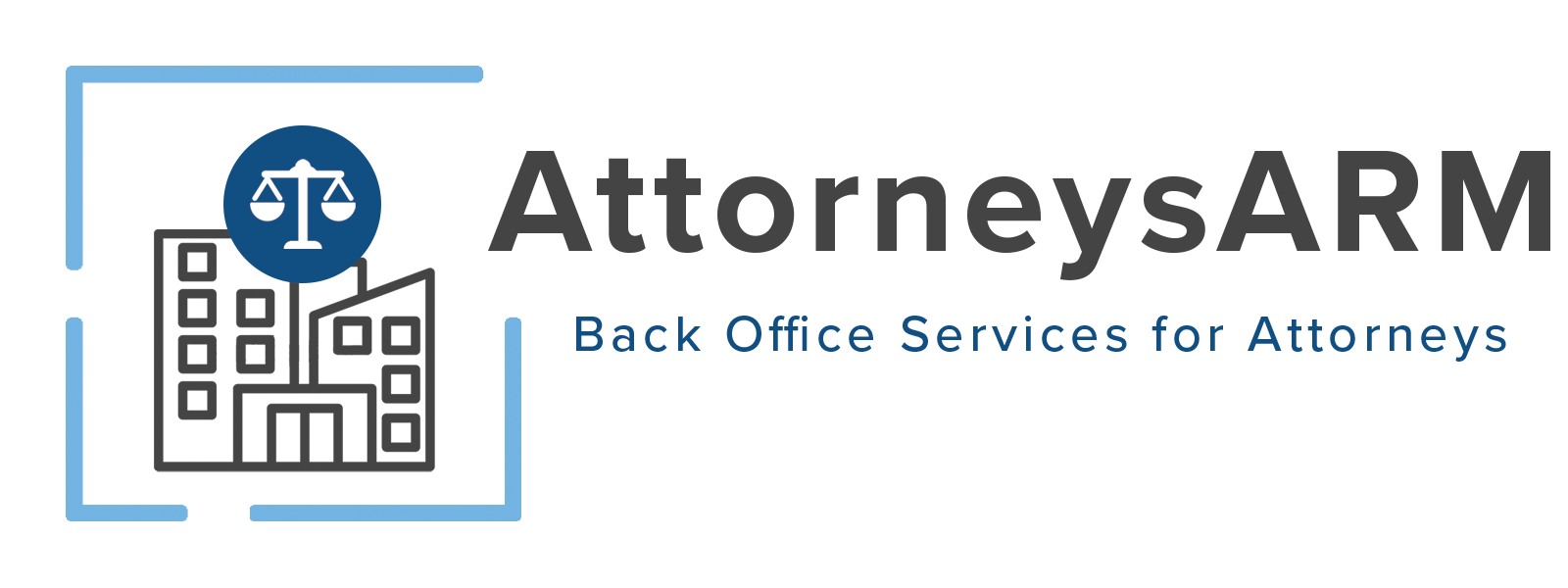Every business has an accounts receivable management process. It doesn’t matter if the business makes $100, $1,000, or $100,000 a month. Accounts receivable management involves the money (accounts) that comes into (receivable) your business. It is a process that must be managed. Like any business task, there are concepts that are known as best practices. Best practices are industry standards that professionals use. These practices are subject to change as they become more refined and it is found that other practices may be more efficient.
Why Are Best Practices Important?
Best practices in accounts receivable management are important because they help individuals who need guidance. Business owners wear many hats, but they may not have the expertise they need in every part of their business. This is often the case for accounts receivable management because many business owners have the idea that they need to have experience in accounting. As a result, many business owners blow off certain aspects of it, such as collections, or they fall behind in billing and applying payments. So, best practices can act as a guide for business owners who aren’t comfortable in this arena.
Current Accounts Receivable Management Best Practices
If you’re a regular reader, you know that we address best practices on a regular basis. This is for three reasons. First, it’s to help new readers. Second, it’s to act as a reminder for our regular readers. Third, we’re a resource to help keep you up-to-date on the best industry standards.
- Stay on top of invoicing. Accounts receivable management affects your bottom line. The money coming into your business is, of course, directly related to the money that your clients pay you. If you want to ensure that your business has liquid funds, stay on top of invoicing. If clients don’t receive an invoice, they may not know or remember they owe you money. Make time every day to create and track invoices. Also consider emailing invoices instead of mailing them.
- Reconsider your payment terms. Are all of your clients on “net 30”? If so, you may find that you don’t have as much cash on hand as you’d like. Reconsider your payment terms. Other options include “due upon receipt,” a five-day period, or a one-week period. Save your net 30 for clients to whom you extend credit.
- Make it easy for your clients to pay you. We all know that checks can get lost in the mail. And, yes, it is true that some credit card processors are extremely expensive for small businesses. Making it easier for your clients to pay you often means that you get paid faster. Options for this include researching credit card processing options, using online payment gateways such as Stripe, LexActum, or even PayPal to process debit, credit, or ACH transactions.
- Ensure your credit policy is good for your business. There are two things to keep in mind about credit. The first thing is that not every person or business is creditworthy. You must have a credit policy that is good for your business. Second, you must not give clients too much credit. Even if you believe an increase in credit can be supported (and used) by your client, keep in mind that too much credit can cause people to end up with payments they can’t afford. This can lead to default.
- Don’t neglect collections. It’s imperative that you stay on top of past due accounts. From the practical side, the longer an account goes unpaid, the harder it is for you to get paid. From the legal side, there are laws that do not allow collections once a past due account goes past a certain amount of time (usually years). Even if you don’t want to keep collections in-house, you can choose to partner with a collections agency to improve the likelihood that you’ll get paid.
How You Can Save Time with Your Accounts Receivable Management Process
Accounts receivable management can take a lot of time. That is time that you could be used to grow your client base. You can save time with this process by partnering with Clients ARM. With more than 30 years of experience in accounts receivable, Clients ARM works with businesses of any size save time while staying on top of their AR game. To learn how we can help, schedule your free consultation.




